

This article is brought to you in collaboration with Gregory FCA.
AI and personalization are redefining the rules of engagement in business banking. As Executive Vice President and Chief Product Officer for Business Banking at U.S. Bank, Shruti Patel (pictured) brings a unique lens to the discussion, drawing from her deep experience in banking, payments, and fintech.
Following her appearance at FinovateFall 2025, we sat down with Shruti to discuss the evolving needs of business customers, the transformative role of AI, and the growing importance of partnerships between banks and fintech.
Tell us a little bit more about your role at U.S. Bank, your title, and what you’re responsible for.
Shruti Patel: I am the Executive Vice President, Chief Product Officer for Business Banking at U.S. Bank. In this role, I oversee services for our small business customers, ranging from $100,000 to up to $50 million in annual revenues, across banking, payments and our full suite of digital capabilities.
You spoke on the panel about the customer experience revolution. In your view, what do today’s business banking customers expect from their financial partners that they didn’t expect five or ten years ago?
Patel: We consistently hear two key expectations from our small business customers. First, they want banks to deliver best-in-class, highly sophisticated digital capabilities. Nearly 80% of small business customers, including U.S. Bank customers, have time and again told us that they’re expecting their banks to give them a one-stop shop. Many are already banking with us across our deposit products. They engage a lot with our payment products, whether this is small dollar loans, large dollar loans, or credit card solutions, or operating lines of credit.
But beyond these core services, they increasingly expect seamless, integrated digital experiences. By that, I mean not just dashboards that track transactions, but robust features like money moment insights, best-in-class accounts payable and receivable tools, and embedded payroll capabilities. To address these needs, we recently announced two exciting developments: our new accounts payable solution in partnership with Melio and Fiserv, and embedded payroll capabilities in partnership with Gusto. Both are part of our broader commitment to delivering integrated, end-to-end experiences for small business customers.
AI is everywhere in the conversation this year. Beyond the hype, how are you seeing AI deliver real value to business banking customers, whether through engagement, personalization, or entirely new experiences?
Patel: We are still in the early stages of deploying AI, but we’re already seeing strong impact across several use cases. The first is fraud monitoring and detection—security is top of mind for our business banking customers, and AI has proven valuable for fraud monitoring early detection.
The second area is customer service. While not a new application for AI, we’re using it to transcribe interactions, synthesize information, and provide our service teams with a complete view of the customer relationship. Because business owners are pressed for time, they expect seamless, efficient support from us, and AI helps ensure our teams can respond quickly and effectively.
We’ve seen a wave of innovation in areas like billpay and payroll, often driven through partnerships between banks and fintechs. Why are these types of collaborations becoming so important for small business banking?
Patel: As I mentioned earlier, small business customers are navigating an unprecedented macroeconomic environment. They’re dealing with tariff pressures and uncertainty, persistent inflation, supply chain disruptions lingering from the pandemic, and ongoing challenges in accessing capital. In this context, anything financial institutions can do to help small businesses operate more efficiently and cost-effectively is critical—not only for their success but also for deepening engagement and trust.
That’s where fintech partnerships have become so important. Business owners often tell us they feel overwhelmed by the number of software options available. They’re looking for simple, integrated solutions that support core needs like cash flow management, accounts payable and receivable, and payroll. For example, if you’re a small business with fewer than 10 employees, you want easy-to-use payroll software that just works.
With this in mind, we’ve anchored our strategy on fintech partnerships and selective acquisitions to create a one-stop shop. We launched embedded payroll capabilities with Gusto, accounts payable solutions with Fiserv in partnership with Melio, and made strategic acquisitions such as talech, a point-of-sale solution, Bento for spend management, and TravelBank, which complements our corporate card offering. Together, these investments strengthen our ability to support small businesses end-to-end.
As you reflect on FinovateFall, what are the biggest themes or innovations you heard about that excite you about the future of business banking?
Patel: For me, the most exciting theme is personalization. I participated in a session on AI and personalization, and it reinforced that while banks and financial institutions have access to strong data, we still have a long way to go in harnessing it effectively. Accompanying customers through their end-to-end journeys and across different stages of the business lifecycle is critical.
For example, the needs of a startup are very different from those of a mature, established business. A startup might be focused on accessing small-dollar loans, while established businesses may require large operating lines to scale and expand. Small businesses need a very simple operating account with some benefits around digital transactions and money movement, but our large customers are looking for robust money movement capabilities and Treasury solutions.
The key is building personalization into these core jobs. Customers frequently ask us: “Should I be using Faster Payments or ACH?” That’s where AI can help, by serving as a product recommender that guides business owners to the right solution based on their specific needs.
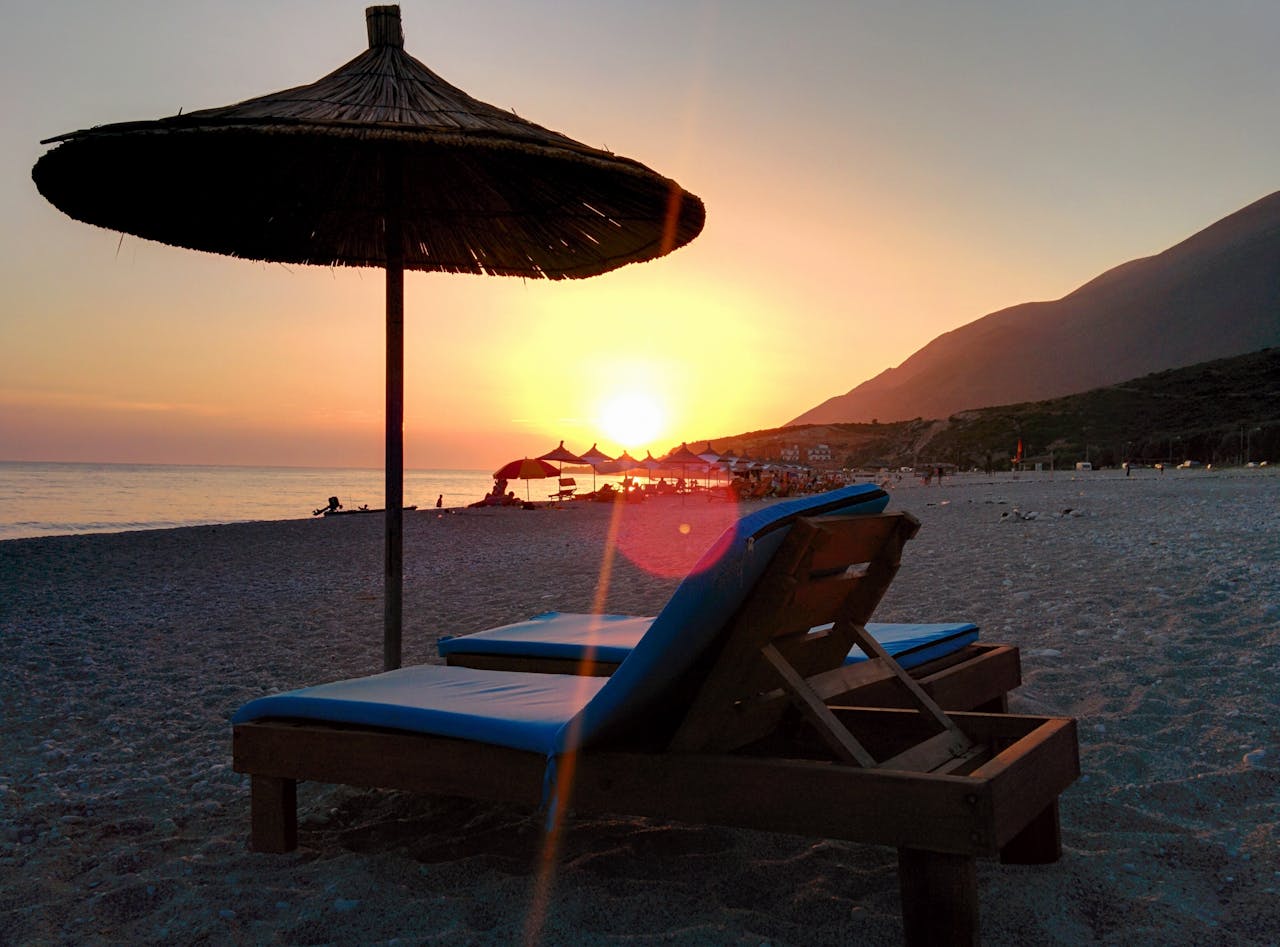


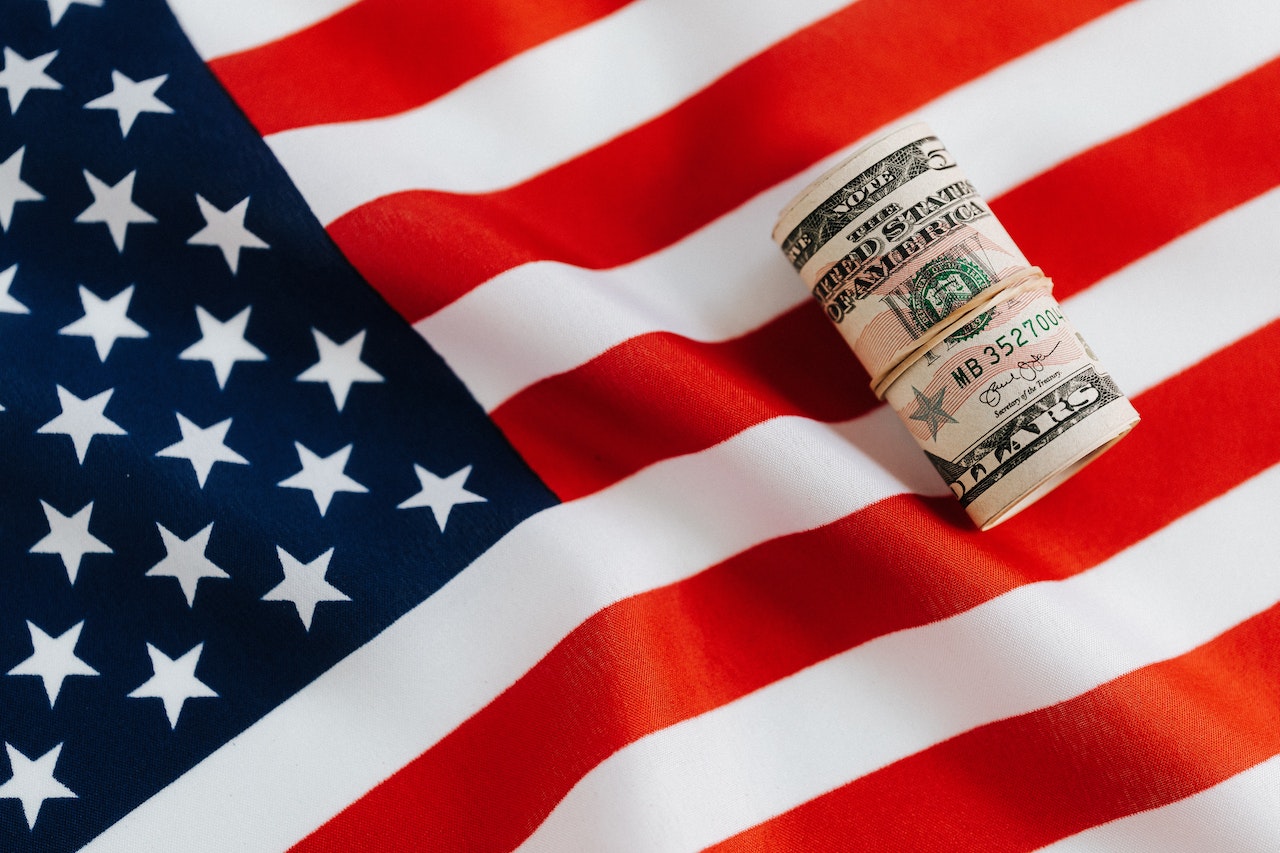
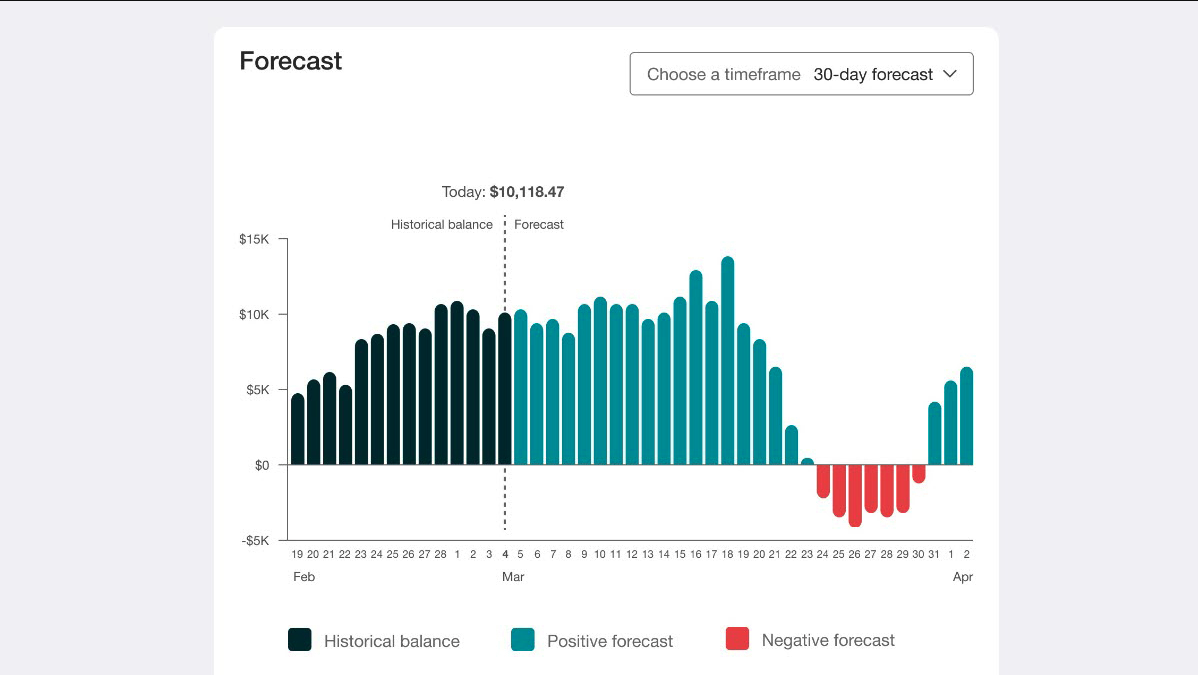
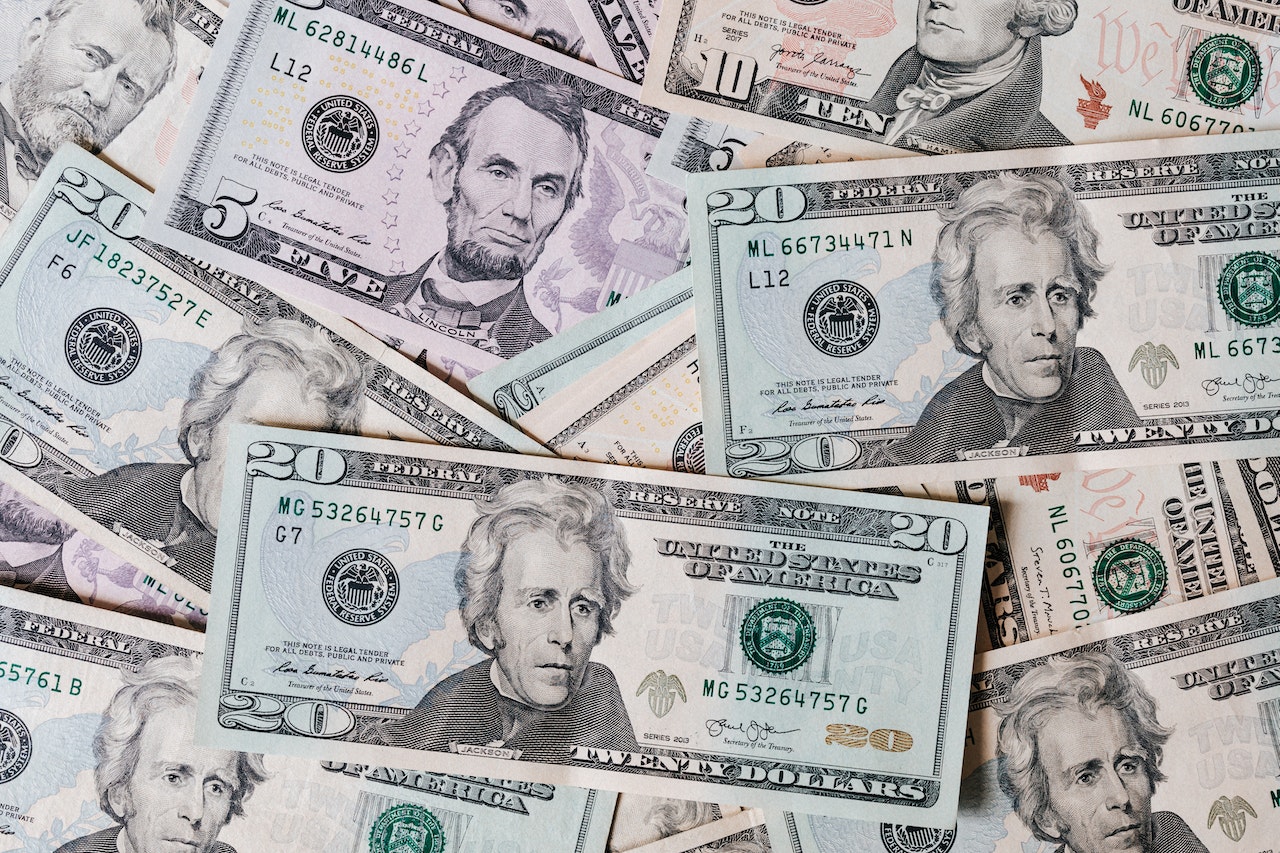
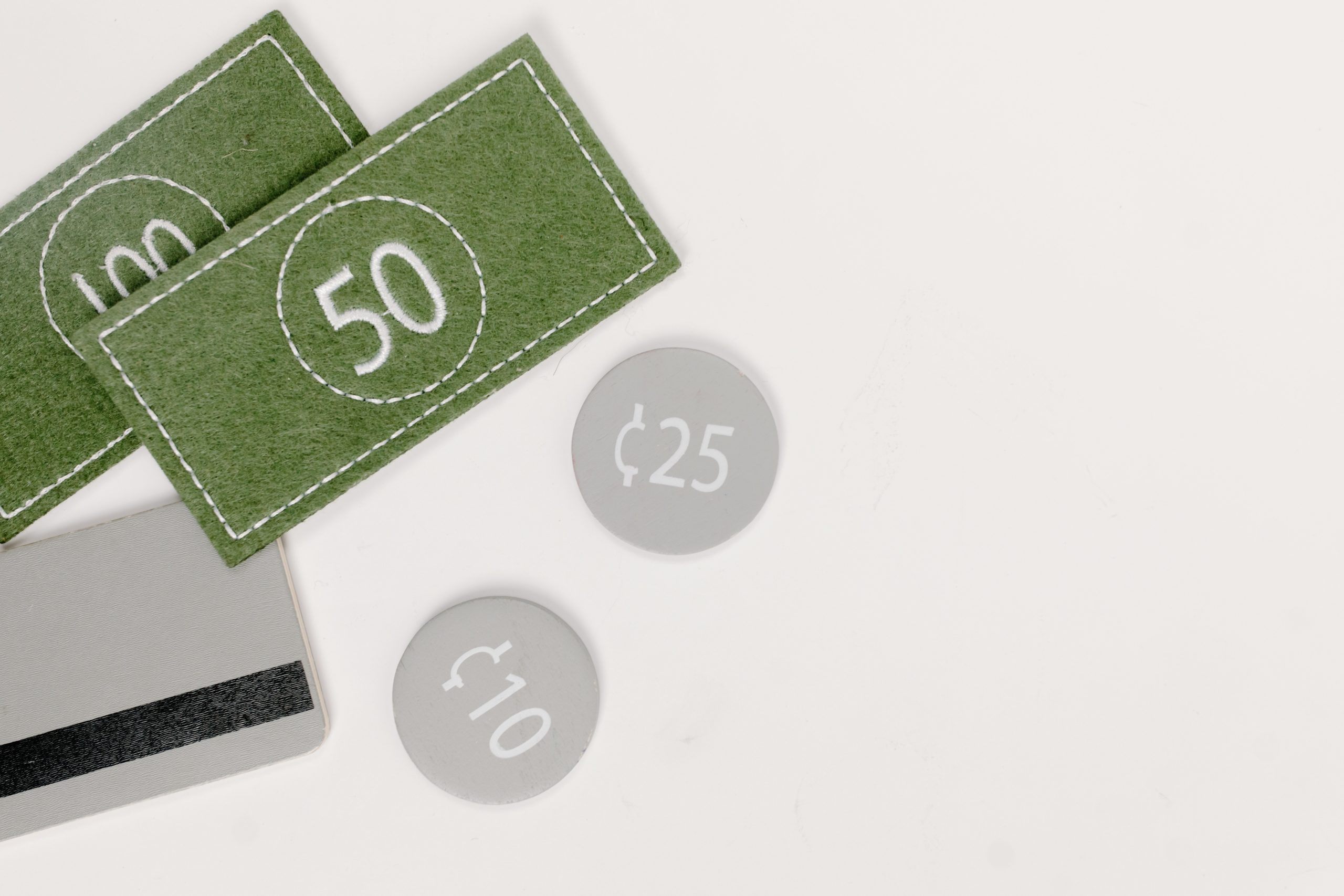














 Tory Passons, VP & Group Product Manager
Tory Passons, VP & Group Product Manager